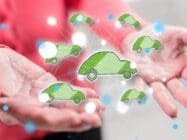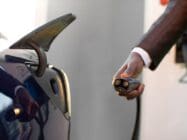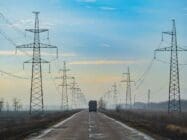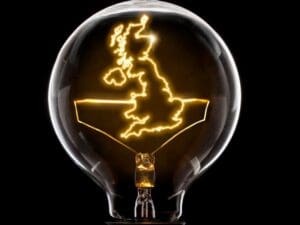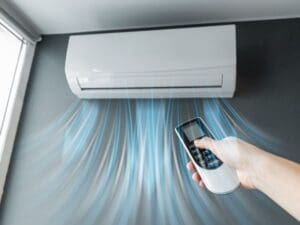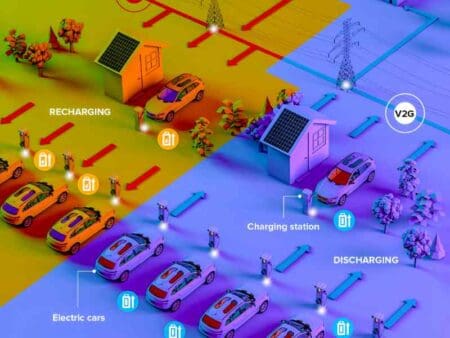
In a first for India, energy software company Sheru is developing a V2G bidirectional battery-swapping system to balance demand as the country’s electrical grid continues to strain.
According to people familiar with the announcement, the project marks the first V2G system deployed in the country, which has been seeing surging investment in the EV market.
Just two weeks ago, Siemens became one of the latest companies to tap into the Indian e-mobility market with a €4.3 million ($4.6 million) acquisition.
“There is a desperate need for energy storage solutions to cater to sudden peaks in demand, especially during summer when the need for cooling solutions [increase],” says Sheru marketing manager Kavin Aadithiyan, who is involved in the project.
“However, standalone energy storage solutions are expensive for power utilities to install and have long payback periods. Distributed V2G networks help with supporting the grid as it offsets the need for expensive capital upgrades.”
According to Aadithiyan, the country has been experiencing a major need for distributed energy storage solutions due to the influx of renewable energy sources coming online. “Over 92% of new installed power capacity in 2022 in the country was solar and wind power,” he said.
Have you read:
Does V2G pose a cyber threat to the grid?
Octopus Energy and National Grid demonstrate first V2G in Great Britain
India V2G: Unstable grid backdrop
A consequence of this – similar to the situation in the Netherlands, where grid connections sometimes have to be halted due to the lack of capacity on the grid – when combined with a lack of energy storage options, has been an unstable electrical grid.
According to the Indian publication Mercom, one of the latest signs that the country’s grid risked blackout came in December last year, when frequency oscillated between 50.55 to 49.41Hz, rather than the allowed 49.90 to 50.05hz.
And this, adds Aadithiyan, is where a V2G solution can help by supporting the grid through both solutions; energy storage to get through periods of high demand alongside a supply of renewable energy to add to the grid.
According to India Times, the system was announced in partnership with BSES Rajdhani Power Limited (BRPL). Shikar Sharma, Sheru’s chief operating officer, commented on how the V2G collaboration between Sheru and BRPL will ensure a “constant supply of renewable energy for round-the-clock power.
“Traditional standalone battery storage entails significant capital expenditure. However, [our] solution taps into the untapped battery capacity of electric vehicles, thus resolving the CAPEX challenge faced by BSES, while also generating income for EV and battery owners.”
Distributed and scalable
A distributed network, through the V2G system batteries will be brought online from idle EVs and used to create an energy storage network.
The company is working alongside New Delhi utilities and has entered partnerships with EV fleet owners and operators in other parts of the country.
The hope of these partnerships is to enable a scalable system, as the V2G market in India, which has otherwise been nascent, picks up.
“As we collaborate with more players, we bring online greater storage capacity while also increasing the geographical presence of the storage network across India.
“Our V2G network is not a short-term project [and] we expect to onboard a significant amount of electric vehicle battery capacity onto our network. And this would only be increasing as the electric vehicle fleet in India increases,” added Aadithiyan.


